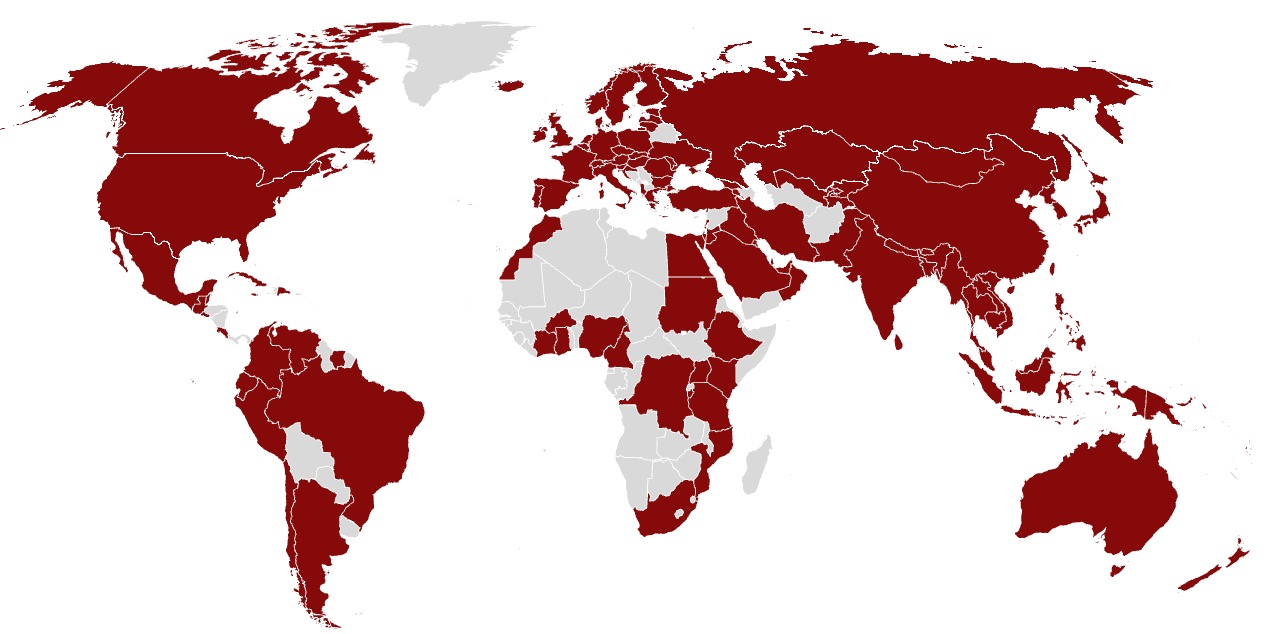
STUDY. MODEL. IMPACT.
We support high-impact decision-making through research, disease burden and economic impact modeling, developing implementable strategies, developing innovative financing, and knowledge sharing.
Our team of epidemiologists, modelers, programmers, and decision analysts have collaborated with over 100 countries and territories. We actively engage with more than 650 national experts, including academics, economists, NGOs, ministries of health and finance, and key opinion leaders, to develop national strategies.


Study
CDA Foundation (CDAF) is a non-profit organization that specializes in the study of complex and poorly-understood diseases in order to provide countries/territories with the data and information to create and implement successful elimination strategies.

Model
The Polaris Observatory provides epidemiological data, modeling tools, training and decision analytics to support eliminating hepatitis B and C globally by 2030.

Impact
The Relink program offers grants to identify and connect diagnosed but untreated individuals with hepatitis C (HCV) and hepatitis B (HBV) infections. By providing assistance in accessing care, the program demonstrates how countries with high rates of lost-to-follow-up individuals can achieve the World Health Organization’s (WHO) 2030 viral hepatitis elimination goals.
CDAF’s history is marked by a series of innovative activities that have shaped the global Hepatitis elimination efforts.
- 1.7 Billion
The number of people around the world who have access to free screening as result of our work.
- 32 Million
The number people who have access to free lab tests.
- 24 Million
The number of people who have access to free viral hepatitis treatment.
Our Foundation in the News
Read what’s been written about CDAF and its work and how others have used CDAF’s data and expertise. Polaris Observatory also maintains the largest global database of HCV-related publications, including scientific articles, government reports, international agencies’ studies, theses, posters and unpublished reports. We work on the ground in direct collaboration with ministries of health, key opinion leaders (KOLs) and other country/territory experts to verify data in more than 80 of the countries/territories in which we work. We continually verify and update our models to reflect local expert input and collaboration.

How Our Work Is Advancing Hepatitis Elimination Efforts
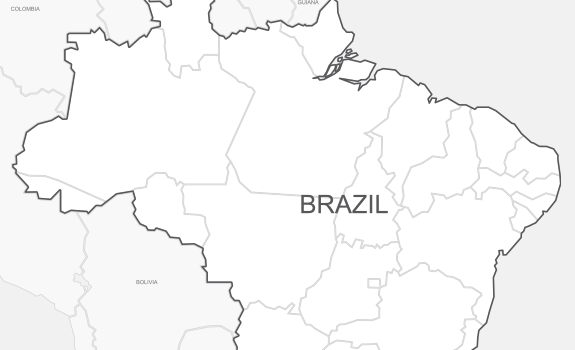
Case Study Brazil
CDAF collaborated with the Brazil Ministry of Health and Pan American Health Organization to develop a HCV elimination strategy which has now been implemented. In November 2017, Brazil announced its sustainable and financially viable plan to diagnose and treat all citizens infected with hepatitis C and eliminate the disease by 2030.

Case Study Mongolia
CDAF partnered with WHO’s Western Pacific Regional Office (WPRO) and the Mongolian Association on Study of Liver Diseases (MASLD) to model economic impact of HCV. The study showed that the HCV treated is cost-saving with a positive ROI. Mongolia is now one of only 12 countries/territories on track to eliminate hepatitis C by 2030.
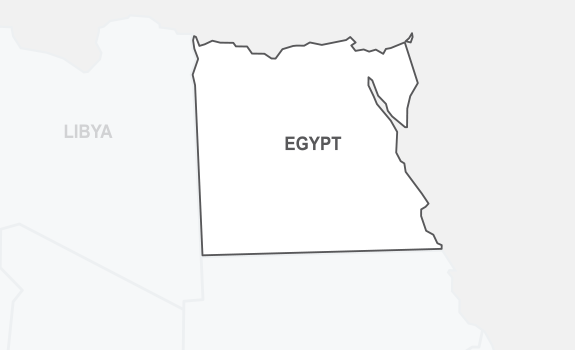
Case Study Egypt
CDAF partnered with the National Liver Institute in Egypt to develop economic analyses and strategies to eliminate HCV in Egypt. In 2016 alone, 577, 000 patients were treated and the plan expanded to include patients at all stages of disease. Egypt is now one of only 12 countries/territories on track to eliminate Hepatitis C by 2030.
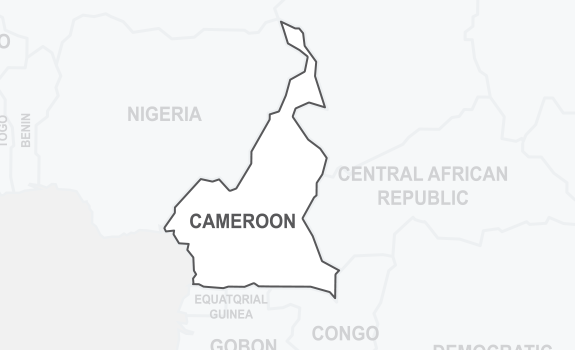
Case Study Cameroon
CDAF partnered with the Cameroon Ministry of Health, The Pasteur Institute and the French Agency for Research on AIDS and Viral Hepatitis (ANRS) to model disease burden in Cameroon. The work revealed a much lower disease burden than previously reported. Work now focuses in modeling the economic impact of an expanded national HCV treatment program.
Our Collaborators




Our Funding Sources
The Polaris Observatory Was Created Through Funding Provided By:
Past and Present Project Support:






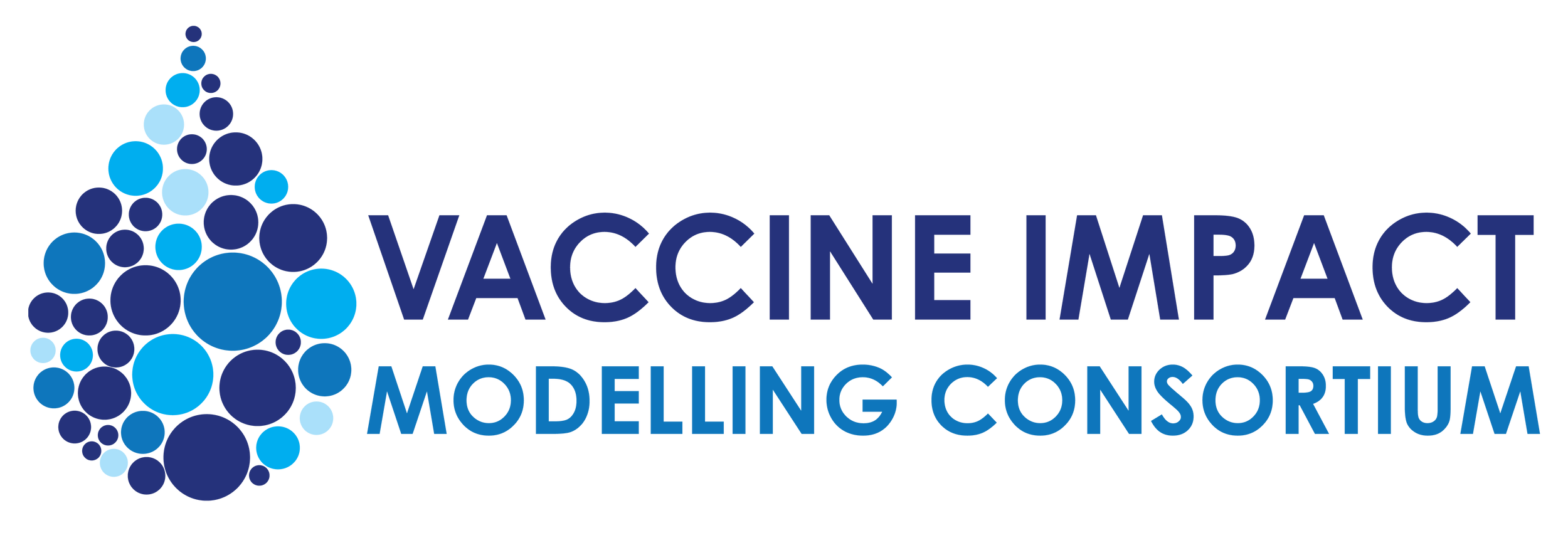

Countries and Territories We Work With
